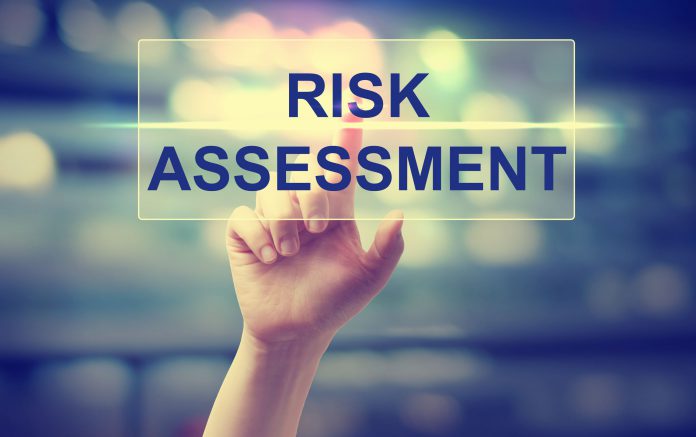by constructaquote - 1 June 2016


Every business faces an element of risk in their daily running – be it a slip, trip or fall or causing accidental damage to your customers property; some can’t be avoided, but many can.
Taking action to reduce risk can protect your business and may even help to bring your insurance premiums down.
A risk assessment is an important step in protecting your workers and your business, as well as complying with the law. Risk management isn’t about creating mountains of unnecessary paperwork; it is about taking sensible steps in ensuring the safety of your workplace and reducing your insurance liability.
Even if you’ve already taken measures to protect staff, a risk assessment will tell you if more action is needed.
Many potential problems can be solved before they ever have a chance to happen by introducing simple measures into the daily operation of your business; including, making supplies readily available to clean up spills promptly, safely tidying away exposed electrical cables and even training your employees to recognise risks and hazards at work.
This guide will help you undertake a risk assessment – something you need to do to keep your staff safe and comply with the law.
The Law
Employers have a legal obligation to protect their health and safety and that of their workforce. The law does not expect you to eliminate all risk, but you are required to protect people as far as ‘reasonably practicable’.
Getting started
The first step in this process is a full inspection of the workplace. You may need to break the task down into smaller sections if you have a large business or different activities. Identifying hazards one by one as you inspect the workplace is the first step in your risk assessment and it needs to be conducted systematically.
Identifying hazards
It is easy to accidentally overlook some of the safety hazards in your workplace. Here are some steps to help you avoid this:
How big is the risk?
After you’ve identified the hazards in the workplace, the next step is to rank the risk of their likelihood. By doing this your business can concentrate on mitigating the real risks – those that are most likely to cause harm.
And finally…
The final stage of your risk assessment, once these hazards have been identified, is to decide what measures can be put in place to control them.
By recording your findings on a risk assessment template (which the Health and Safety Executive provide) you can ensure your employee’s safety isn’t being put at risk.
Reducing the risk of accidents in the workplace, having a good safety record and a well documented risk assessment can help reduce incidents and accidents meaning you face far fewer claims – and no claims could possibly mean your insurance premiums are not as high as those businesses who disregard health and safety in the workplace.
If you have fewer than five employees you are not legally required to write down your findings, but even so, it may prove useful to keep records as your business can grow.
Getting further information
If you are unsure about your safety management procedure, there is a huge amount of information available to help.
Further information about legal requirements and standards can be found on the HSE’s website and also in their publications; specifically the Health and Safety Toolbox.
To see more of our business related blogs, check out blog.constructaquote.com.

by Charlotte Houghton - 7 October 2020
by constructaquote - 6 October 2020
by Charlotte Houghton - 29 September 2020
by Charlotte Houghton - 24 September 2020